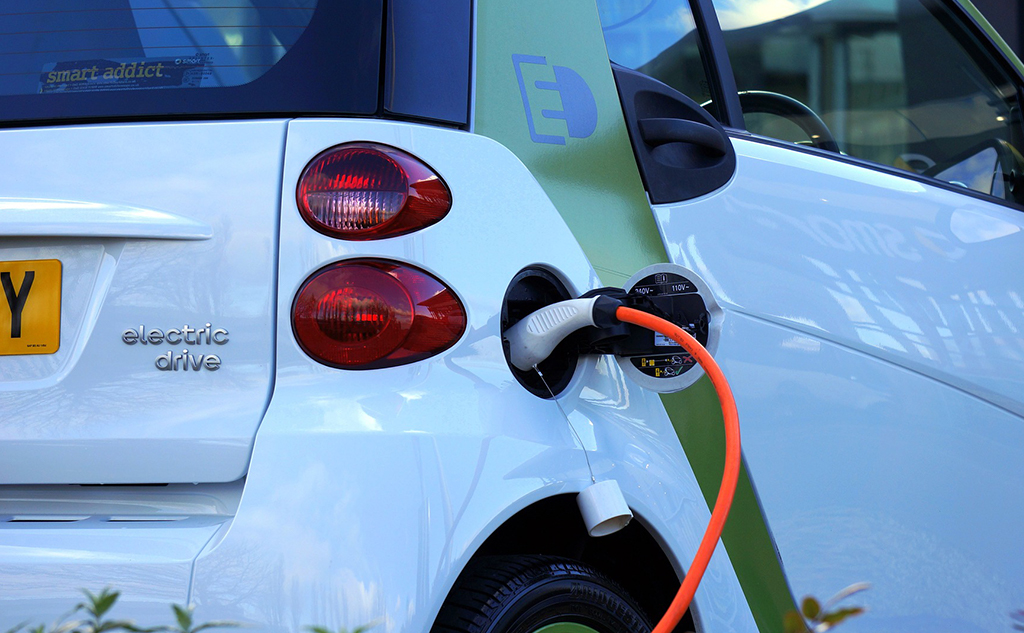Decarbonize transport to limit air pollution
The transport sector today accounts for 23% of global GHG emissions. In France, this level is higher, accounting for 28.5% of national emissions (2014 figure). It is therefore more than ever necessary to decarbonize transport. But in this area the strategy must be global; it cannot be established solely by a panel of disparate and ad hoc decisions.
It is now clear that decarbonising passenger transport involves a combination of a whole range of technologies. In this sense, the various advances favouring new forms of mobility are fundamental. But it should not be forgotten that even if their sale is to be abolished in 2040 (cf. new SNBC)(1), combustion engine passenger cars will not be replaced overnight. Hence the interest to continue to improve engine efficiency and develop alternative energies or motorisations (electric, hybrid, biofuels, hydrogen, etc.). These solutions not only help towards compliance with the Paris Climate Agreement, they also help to limit air pollution.
Clean and shared mobility
The electric vehicle is one of the solutions, even if this involves major developments in terms of infrastructure (charging stations, etc.). But it is far from being the only solution, especially if it is used to continue along the path of individual mobility. Because from now on mobility is understood both as clean and also shared. This translates into new services such as car-pooling or car-sharing, which sometimes experience rapid growth. But in this move towards shared mobility, public transport remains very important. Here too, innovative solutions are emerging and are no longer limited to bus engines or the installation of tram lines. For example, cable air mobility(2) offers interesting new opportunities to complement existing modes. The recent announcement of the dedicated partnership between Eiffage, RATP and Poma is a good illustration of this, as is the project carried out in Saint-Quentin en Yvelines by the young company SupraWays (connected cabins). In parallel, “soft” river transport solutions are being developed with electric or hydrogen powered shuttles.
Government announcements
In mid-September, the Government presented its main decisions and priorities for the programming of transport investments. These priorities include developing the use of “clean, shared and active mobility on a daily basis”. With this in mind, the State has undertaken to mobilise through several calls for projects for a total of €1.5 billion over ten years to “support the organising authorities”. But for the latter, represented by the GART(3), this falls short of the Grenelle law, which targeted €2.5 billion by 2020…
To be continued…
AND WHAT ABOUT BIKES?
As part of the Government’s mobility policy strategy, a “bike plan” has also been adopted. This aims to increase the modal share of bicycles to 9% by 2024 It has to be said that France is not among the best performers in this field: according to INSEE, 60 out of 100 working people commute to work by car and only 4 do so by bicycle. To support the territories and promote cycling infrastructure, a “Vélo et territoires 2018” call for projects was launched at the end of September.
(1) National low-carbon strategy (Stratégie nationale bas-carbone)
(2) A mobility already known to some (e.g. cable cars in Grenoble, Toulon, Brest, etc.). In all, there are already over 80 urban projects in the world with almost 200 other projects in progress.
(3) GART: Association of Transport Authorities (Groupement des autorités responsables de transport)




